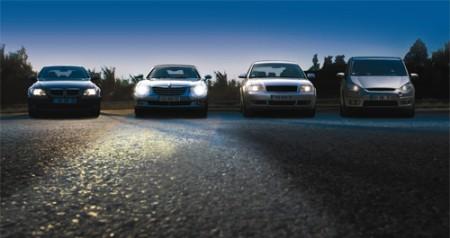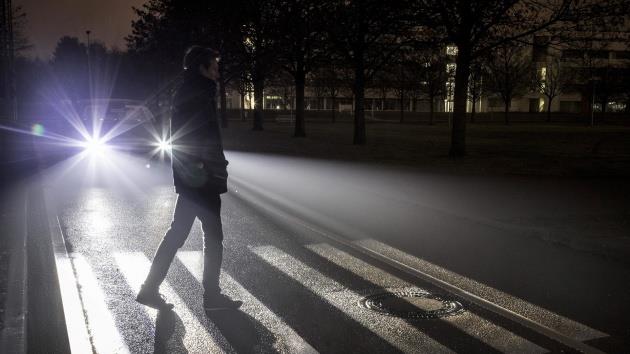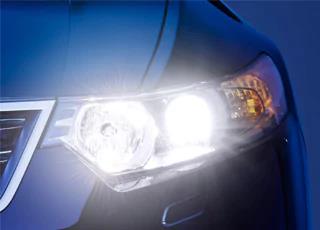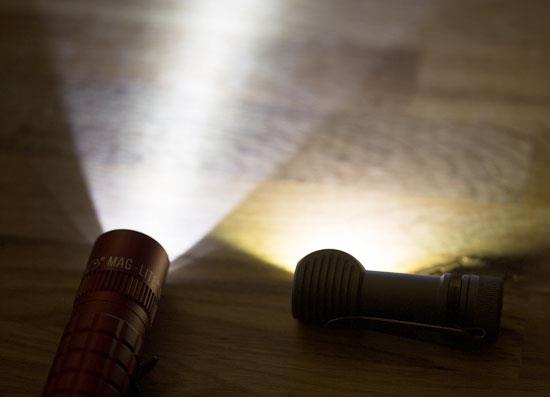There are just a barrage of choices when it comes to headlamp choices for cars. And if you are shopping for a replacement for your existing headlamp, the task can be daunting.
Whether it is a failed bulb, to increase visibility or even vanity, these are some things to consider when getting one.
Since following regulations is crucial, the selection for a replacement headlamp will be much easier once we get this out of the way.
The JPJ guidelines is that it is illegal to retrofit car headlamps with any other lamps that are outside of the specifications defined by the car manufacturer.
Another thing to consider is that the colour of headlamp bulbs must not exceed the colour temperature of 4,300K, under UN Regulations 48.
The regulation comes with obvious reasons. Firstly, it protects oncoming drivers from blinding light and also to help other motorists distinguish between regular cars and emergency vehicles such as police vehicles, ambulances, fire trucks, etc.
So with that, let’s delve into what bulb options are available to you. Bearing in mind, Kelvin (K) is the measurement of the colour of light while lumens are the measurement of brightness.
As a guide, candlelight measures around 1,500K, sunrise or sunset at 3,000K and daylight at 5,000-6,500K. Simply put, the colour gamut will get whiter the higher the Kelvin rating.
Halogen Lamps
Halogen lamps are the oldest and most common type of bulbs used in cars today. They typically run on 55 to 65 watts producing up to 570 lumens in brightness.
They tend to be less efficient generating more heat in the process of illumination. They have a lifespan of about 500 to 1000 hours. They are also the cheapest as compared to LEDs and xenon bulbs.

Xenon High Intensity Discharge (HID) Lamps
HID lamps produce much brighter at 3,000 lumens and whiter light, uses less power and lasts up to 2000 hours, drawing about 35W.
Though it consumes slightly more power than the typical halogen bulbs, you will get more light per watt with Xenon bulbs.
The negative here is that it takes a few seconds for Xenon lights to warm up to reach optimum brightness, so you shouldn’t use them as high beam lights.
There are various products available so be sure to get ones that are within the JPJ regulation.
Refer here: HID Headlamps Enforcement

LED Lights
More and more car manufacturers are using LED headlights as well as daytime running lights.
They consume the least power among the three bulb types mentioned here and are more efficient so more energy goes into illumination than heat.
Though brighter than traditional halogen bulbs with up to 2,500 lumens, they fall behind xenon bulbs in this department.
But that is compensated with having the longest lifespan of up to 15,000 hours!

Cooler vs Warmer
Light Cooler or whiter light being more like daylight tricks your brain to think that it is daytime and hence keep you more awake when driving.
However warmed light performs better giving you better visibility in rain or fog due to the nature of its wavelength.

The rules on vehicle headlights are very clear. Any lights that are fitted on later (retrofitted), lights that differ from the original ones that came with the vehicle, they’re illegal.
— PaulTan.Org
So if your headlamps need replacing and you do not have a specific need then continue using the bulbs specified by the car manufacturer.
But if you are looking for something brighter and cooler use Xenon HID bulbs, simply make sure you use ones that are regulated by JPJ.
If you are currently using halogen lamps and want longer lasting lamps then upgrade to LED lamps. Both LED and xenon bulbs share a similar price range depending on the technology used and the brand.
Photo credit:





